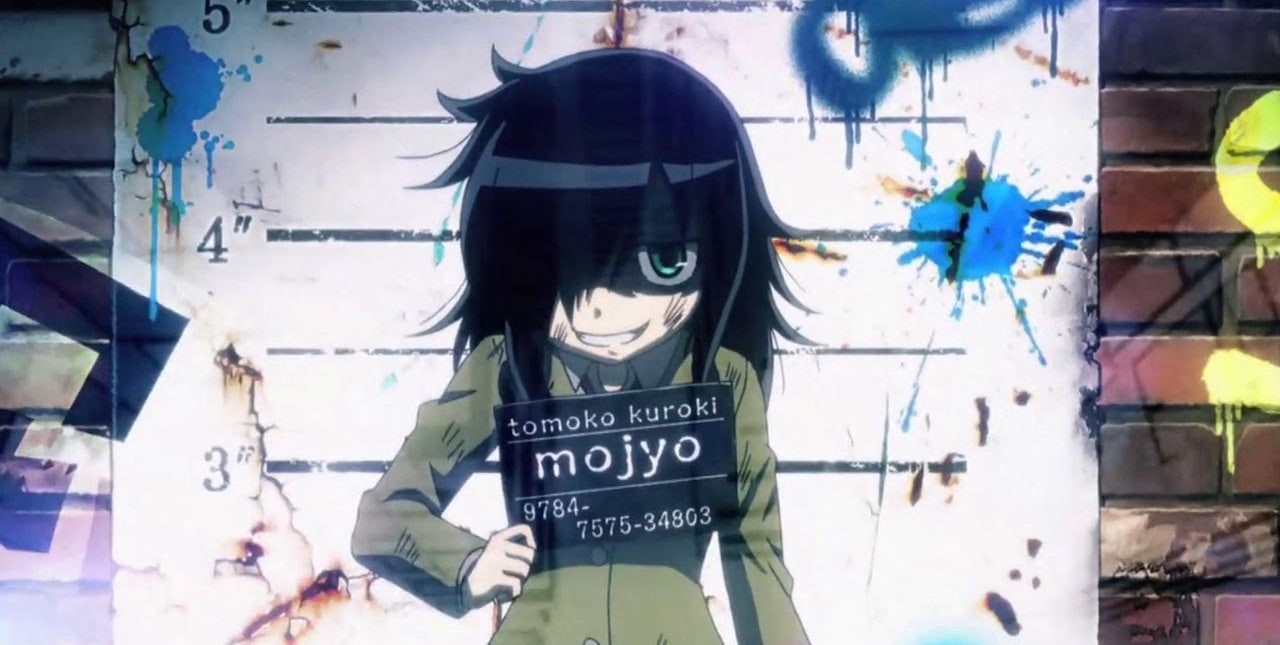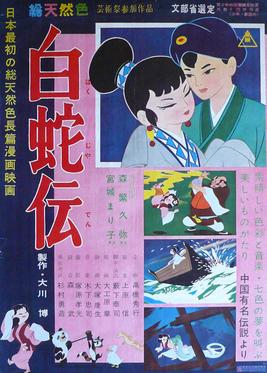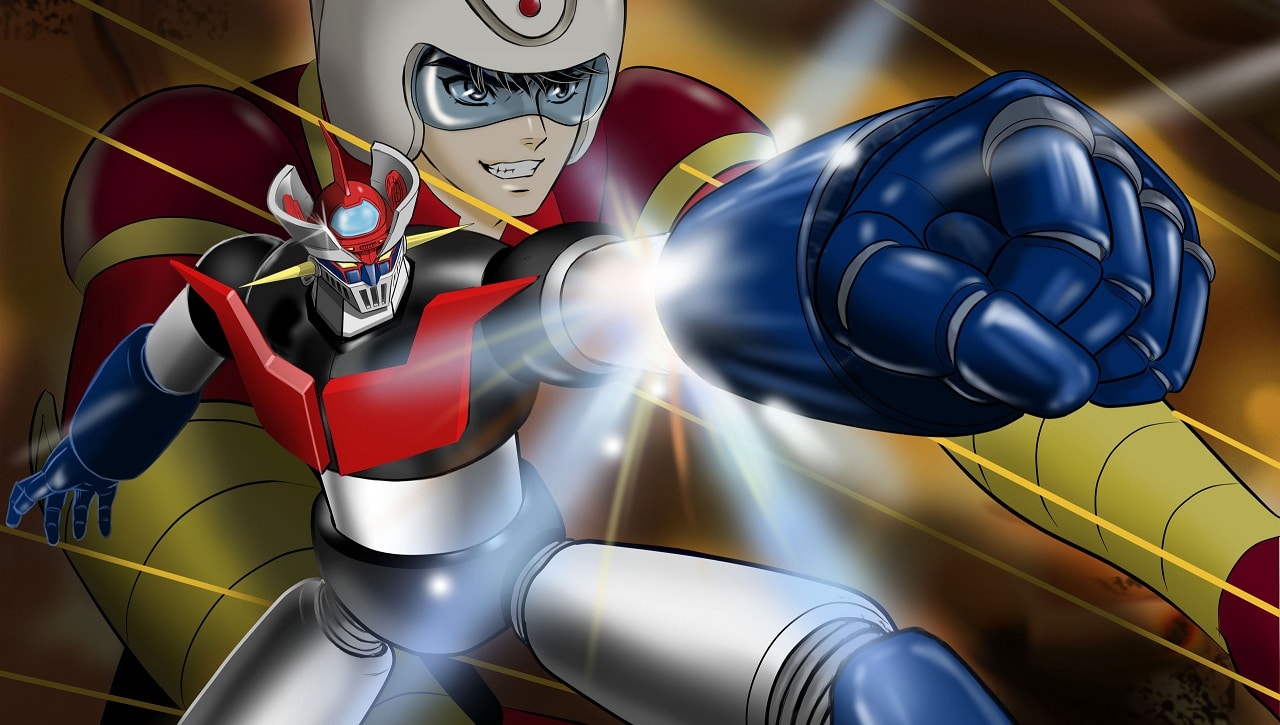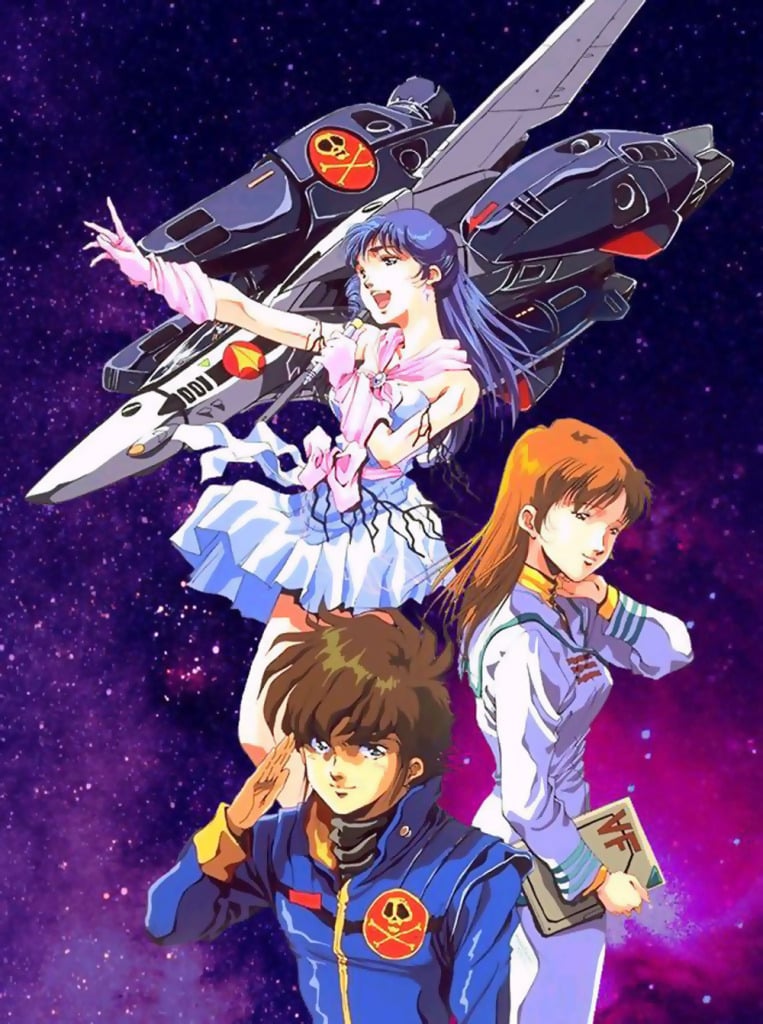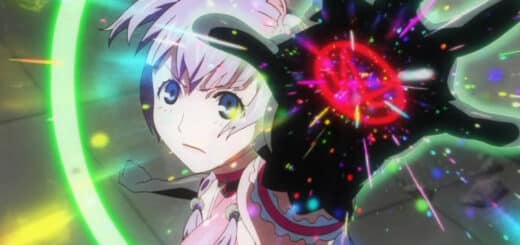Fansubbing In Anime: The Origins In Japanese Animation
Anime fandom and Japanese animation in general has changed quite a bit since I first got into it in the early 2000s, let alone the late 1990s when the first online fansubbing groups emerged. These days people tend to just Google ‘animetitle ep 01 stream’ or watch Crunchyroll subs (aka Horriblesubs) online without having to download or wait for more than the few seconds it takes to buffer.
And even those of us who have kept our old habits of collecting and archiving video no longer have to scour IRC or lie in wait for a fansubbing group to pick up a show we like. VHS and Beta have been surpassed by CDs, which in turn have been trumped by bigger and cheaper hard drives. But where did it all start?
The History Of Animation
Thinking back, the first fansubbing group I remember is Dattebayo. if only because of the comedic name (think Naruto, “Believe it!”). And before even that, there was Anime-Fansubs who decided to bring over Love Hina. But our story starts way before either of these, back before the sci-fi boom of the 1980s and into the retro depths of the 1960s.
What’s The First Anime?
The first documented Japanese animated film (back then it was simply referred to as ‘animation’) brought over to the US was The Tale of the White Serpent which aired in 1961. Produced by Toei Animation, this film was actually the first color animated feature film ever released in Japan. Interestingly enough, it was based on a Chinese folktale and the media kept a lot of the Chinese names and characters – a choice made by Toei president Hiroshi Okawa to show their acceptance of Chinese culture and a willingness to calm hostilities.
The story follows a young villager boy named Xu-Xian who owned a pet snake. Forced to give it up by his parents, he lets the snake go and expects to never see it again. After a few years pass, the boy is reunited with the snake, but with a twist – the snake has now taken on the form of a beautiful princess named Bai-Niang. They have to overcome a trial as the village monk believes that Bai-Niang is an evil spirit and in the end she gives up her power to be with Xu-Xian (oh, how the power of love triumphs over all).
The Influence Of Disney On Anime
Sound like something Disney would make? Well, if you thought that then you’re onto something! It’s a given that post-war Japan was greatly influenced by Disney, and Okawa wanted to make a definitive move to establish itself as the “Disney of the East”. This drove the animation style and adaptation of the story to be a bit more childlike than the many other versions of this old Chinese folktale (I remember seeing the 2011 adaptation The Sorcerer and the White Snake, and it was more of an action film).
Along with Toei’s other 2 animated films, Magic Boy and Alakazam the Great (based on the manga My Son Goku by Osamu Tezuka), this set a precedent for Japanese animation in America’s eyes. Hiroshi’s gambit failed him and from 1961 through the mid 1970s, anime was seen as purely for children. One of the casualties of this mindset was the adaptation of Nausicaa of the Valley of the Wind for the US market which was seen as “appalling” by Miyazaki and Takahata and ended any future international licensing Studio Ghibi films.
The Age Of Sci-Fi Anime
Then came the age of sci-fi. Star Trek, Battlestar Galactica , and many other American sci-fi series rose to popularity in the 1970s as the US neared the end of the Space Race – but the space race was only beginning when it came to Japanese animation.
Breaking through the cast of children shows, space and robot shows such as Getter Robo and Mazinger Z ( in the US, Tranzor Z) set the pace for otherworldly tales of giant robots, elaborate space battles, and the mecha genre’s roots. Sci-fi tended to collect fans easily around those times, and the following started to grow as US television stations broadcast them.
The Beginnings Of Fansubbing Anime
Unfortunately, there was a problem – although these shows were being broadcast in the US, only select stations around the country showed them and it was too easy to miss an episode and never have a chance of seeing it again (remember, the internet was not a thing back then). But it was the 1970s and people had to be creative as they couldn’t just Google something. Luckily VCRs had been popularized and people still spoke to each other in person, so recordings could be traded at get-togethers.
The Los Angeles Science Fiction Society (LASFS)
One such anime trader was Fred Pattern who frequently watched recordings of anime using the budding Sony betamax cassette technology. As a member of the Los Angeles Science Fiction Society (LASFS), he kept in close contact with other fans of science fiction films, and in particular Japanese science fiction animation. He founded the Cartoon/Fantasy Organization (C/FO) in 1977 with a group of anime enthusiasts and became the first official anime fan club to exist within the United States.
Besides trading with each other, C/FO members’ main method of acquiring untranslated Japanese animation was by trading tapes with military personnel who wanted access to American science fiction films (luckily no problem with encoding as both the US and Japan used NTSC format for broadcast). Eventually the C/FO separated from the LASFS around 1979 as they grew to become sizable and the the term ‘anime’ finally emerged. Sadly it was in the early 1980s where Japanese companies realized that even with the sci-fi boom there was little opportunity in the US in terms of Japanese animation, and the last anime company branch here closed in 1982 (with the exception of established media giants such as Sony).
The Fall Of C/FO
As Japan’s presence in the US dwindled, fan clubs became even more rabid and expanded to national scales, but not without logistical problems. Cassette technology was certainly a necessary part in spreading anime, but it was also a crux. When sharing videos between friends, a copy of a tape would typically be created to give to friends – but VHS copies are far from perfect. By the 20th generation of copies, the tape quality was so low that it was doing more to deter people from watching than promoting. The final straw for the C/FO was in 1989 when they disbanded over lack of good leadership and a unified vision. Patten was considered to be a defector as he attempted to bring anime out of a niche fandom and into mainstream magazines (lol.), and his stepping down as head of the organization accelerated its downfall.
Fansubbing Goes Paid
But fans pressed on and developed what I consider the first type of fansubbing in the form of media booklets. Typically sold for $2 – $3, booklets containing the translated dialogue for the entire film were sold (and you thought reading subtitles was hard, heh). Sadly VHS versions of fansubs around that time were much more expensive, on the order of $4000 and 100 hours by 1986, so only a relatively small fraction of media could be translated.
Robot Series In Anime
But stepping into the fray with his love of sci-fi was Carl Macek, another avid fan of anime who put together Robotech, a US sci-fi robot series which was a collection of 3 Japanese anime – The Super Dimension Fortress Macross (I am as much a fan of Macross as I am of Gundam, so check it out if you haven’t), Super Dimension Century Orguss, and Super Dimension Cavalry Southern Cross.
Fun fact: These films contained the first love triangle on both Japanese and American animated television, the start of a long standing and prevalent trope.
So Now What?
Since it’s another long discussion, I’ll write about fansubbing from the 1990s through today’s world in a future post. Also, while writing this blog post I realize that Toei Animation seriously deserves its own blog post. I might occasionally write special features to really dig deep into production studio’s pasts, styles, influences, and their emotions. Sound good? Good.
Please reply back with your thoughts and make sure to check out our writing on animation production in the industry in general. Also check out another type of production being done by creators in the vocaloid, UTAU, and Vtuber space!
